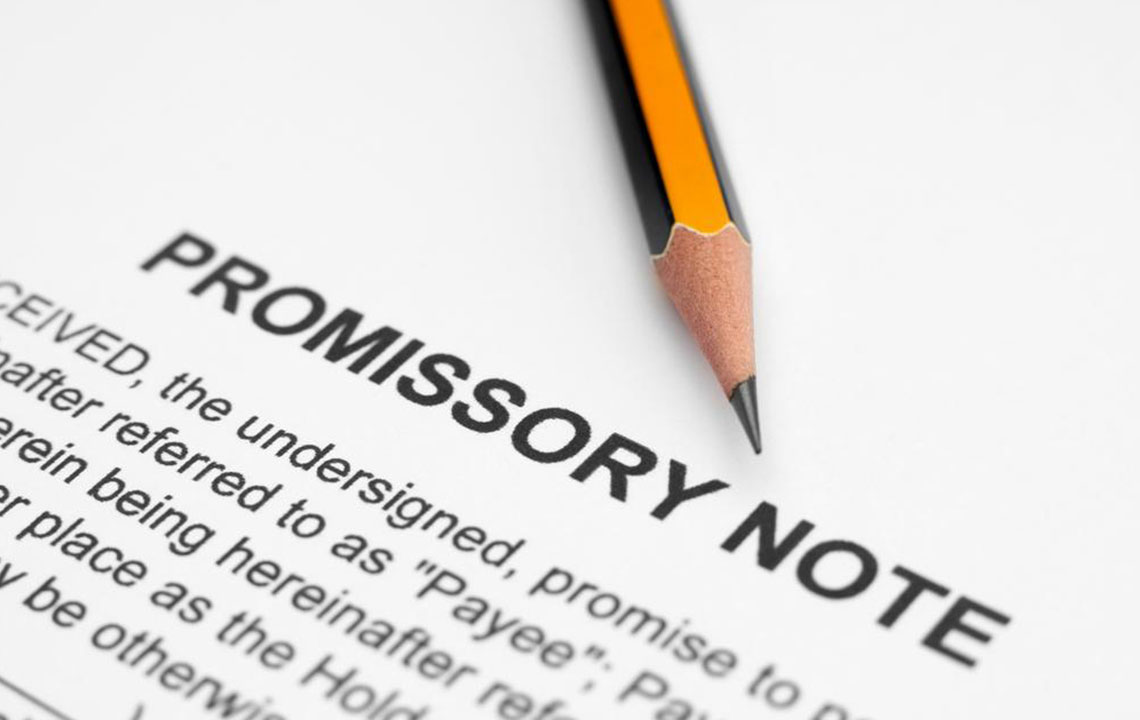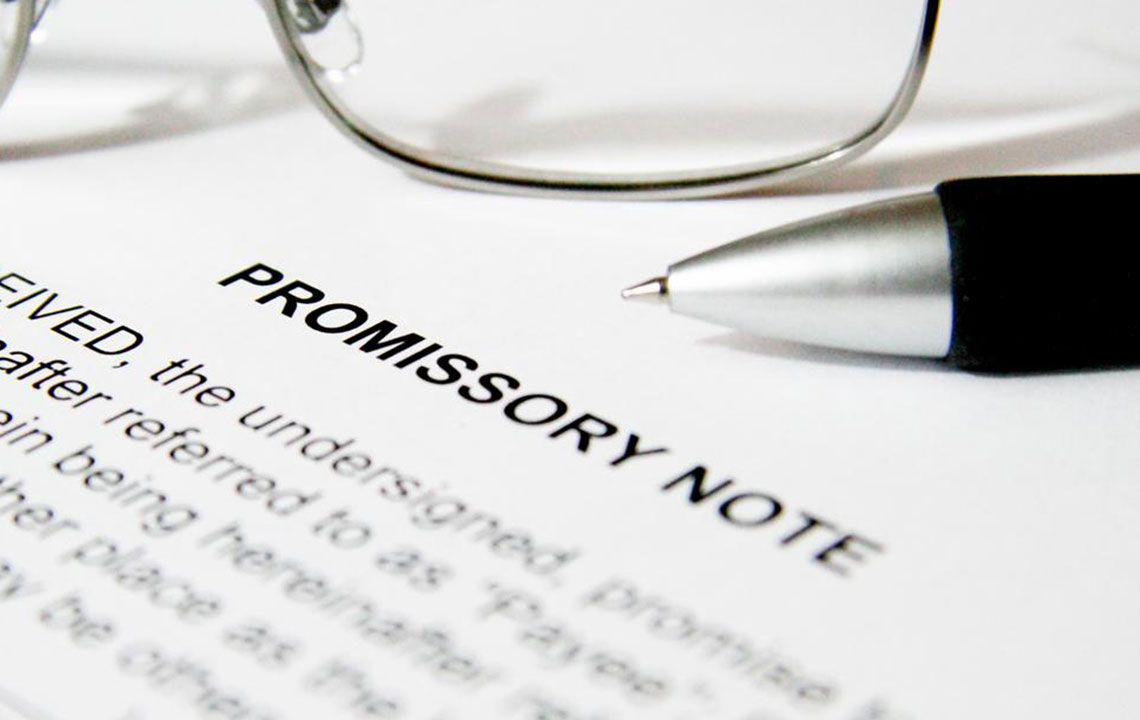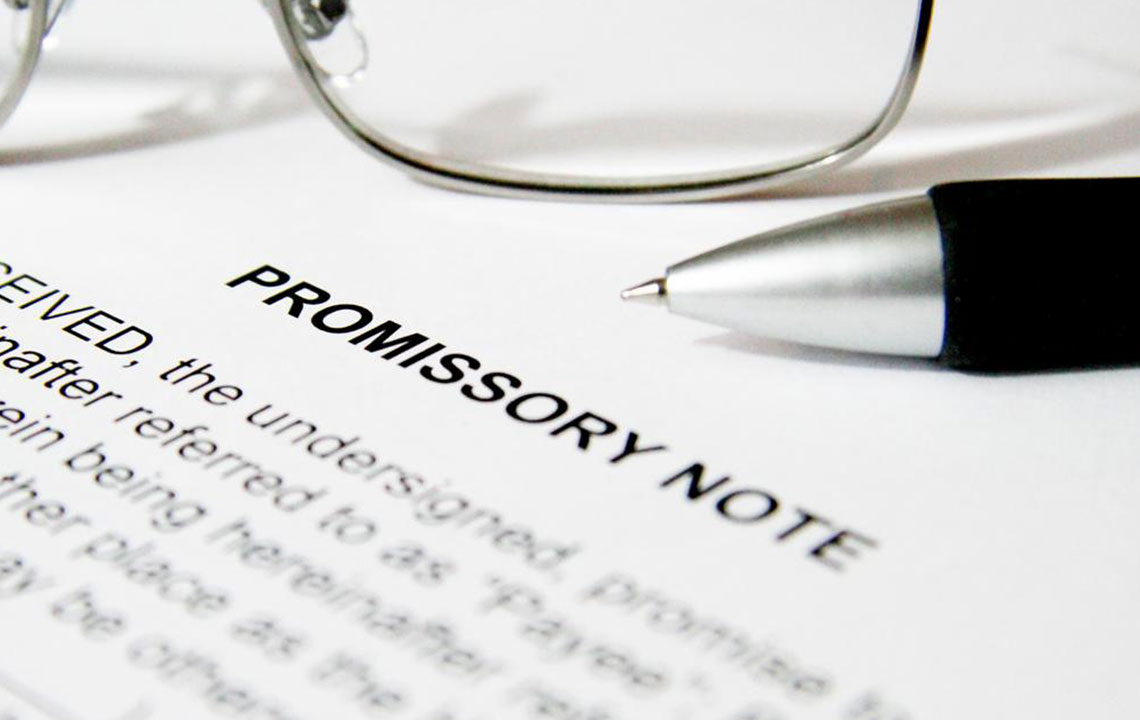Guide to Understanding Promissory Notes and Their Significance
This comprehensive guide explains what promissory notes are, their importance, common repayment methods, and how to create one. It emphasizes their role in formalizing loan agreements, ensuring clarity between lenders and borrowers, and highlights the simplicity of drafting a promissory note with available templates.
Sponsored

A promissory note is a legal document that records the borrowing or lending of money. It serves as a formal commitment by the borrower to repay the loan amount along with interest by a specified date. Failure to adhere to the repayment terms can lead to legal action, with the borrower responsible for legal costs. This document clearly states all repayment conditions, making it essential when dealing with private lenders or businesses. It also functions as an official loan agreement between parties.
While a promissory note doesn't ensure loan repayment, it clarifies all the terms involved. Commonly known as a note or due note, it covers key repayment options, including:
Installments: Regular payments of principal and interest on scheduled dates.
Balloon Payments with Installments: Interest paid periodically, with principal due at maturity.
Lump Sum Payment: Repayment of the full amount along with interest on the due date.
Demand Repayment: Payment required immediately upon lender’s demand.
A promissory note details both parties' names, loan amount, interest rate, loan date, repayment deadline, payment frequency, and terms. Templates are easily available online, and drafting one does not require advanced legal skills, making it a straightforward process for personal or business loans.






